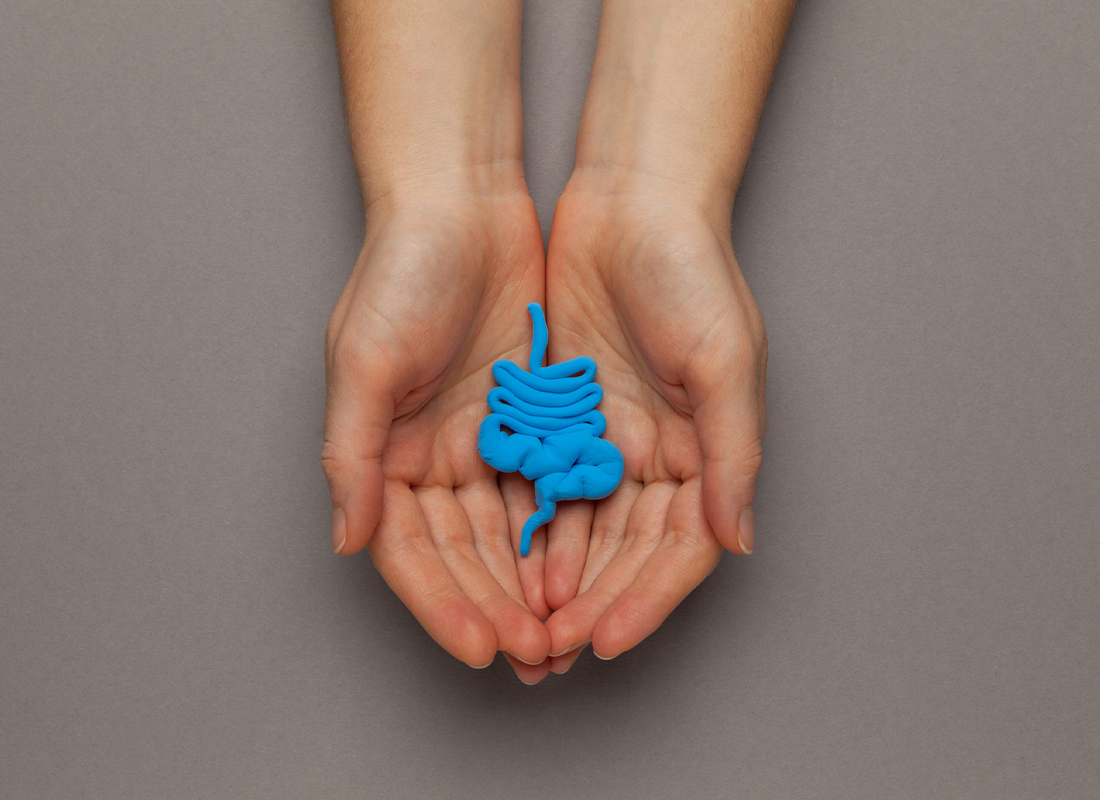Addressing the Challenges of Bile Acid Diarrhea Diagnosis
A new five-metabolite blood test designed by algorithm could simplify and speed up this challenging diagnosis.

Although bile acid malabsorption has been a known cause of persistent diarrhea for nearly half a century, it is rarely considered during the diagnostic process and even less frequently investigated using reliable tests.1 This is partly because the condition may go unrecognized or be obscured by co-occurring gastrointestinal (GI) disorders2—but a much greater concern is the lack of available, accessible, and accurate diagnostic testing.
The prevalence of bile acid diarrhea (BAD) has been estimated at 1 percent of the total population3 or over one in three patients diagnosed with functional diarrhea or irritable bowel syndrome.4 Unfortunately, these patients are often symptomatic for years before diagnosis and may feel that medical professionals have dismissed their complaints or are entirely unaware of BAD.5
Current BAD Diagnostics and their Drawbacks
Several diagnostic options are available for BAD:
-
- SeHCAT testing involves radiolabeling 75selenium homotaurocholic acid, a synthetic conjugated bile acid. The patient ingests a capsule containing the analyte, which is then secreted in bile, absorbed in the intestine, and resecreted. After seven days, gamma camera imaging measures remaining abdominal radioactivity; levels above 10–15 percent are considered diagnostic for BAD.6 The SeHCAT test is currently viewed as the gold standard for BAD testing.7
-
- C4 testing involves measuring serum levels of 7α-OH-4-cholesten-3-one, a bile acid precursor that acts as a marker of bile acid synthesis. Values above 52.5 ng/mL are considered diagnostic for BAD.8
- Stool testing allows lab measurement of bile acids exiting the body; total fecal bile acids above 2,337 µmol/48 hours or 1.6 µmol/g are considered diagnostic for BAD, whereas over 4 percent fecal primary bile acids is indicative of the diagnosis.9,10
Unfortunately, all available tests for BAD have significant drawbacks. SeHCAT testing is infrequently performed due to the time and cost involved; additionally, it is not approved for use in the US.11 Although C4 testing is a promising alternative, more research is required to conclusively determine its utility—and its greatest value may lie in its ability to rule the condition out, rather than in.12 Stool testing approaches often face patient compliance barriers for a variety of reasons,13 a concern exacerbated by the fact that some BAD tests involve strict dietary restrictions and 48-hour sample collection periods.9
Addressing the Challenges of BAD Diagnostics
As a result, the needs gap in diarrheal disorder diagnosis persists—and, to address it, a collaborative research group from Denmark and Spain turned to two hot topics in the diagnostic world: omics and machine learning (ML).14
The study involved metabolomic profiling of people with BAD, those with non-alcoholic fatty liver disease, and healthy controls. From a pool of over 1,200 metabolites, the researchers identified 70 with diagnostic potential. But 70 analytes is a lot to ask of a single test—so an ML algorithm was tasked with identifying the optimal number, combination, and formula for a diagnostic model. The result? The BAD Diagnostic Score (BDS), a five-metabolite combination with high predictive accuracy for BAD.
Preliminary testing indicates that the BDS overcomes several disadvantages of existing tests. It offers similar sensitivity and specificity to SeHCAT testing, but requires only a simple blood draw, making it faster and more efficient. It returns more true positive results than serum C4 testing and is not subject to the same diurnal variation. And, although no comparison was made with stool testing, patients have historically shown greater willingness to participate in blood draws than in stool sampling.15,16 The sample also requires far less labor-intensive processing in the laboratory.17
What does this mean for the lab? Prospective studies that directly compare BAD testing methods are needed before the BDS can become part of the clinical lab toolkit. But if the test lives up to its early promise, it could speed up diagnosis, reduce lab labor, increase patient quality of life, and decrease the healthcare and economic burden of diarrheal disorders.
References:
Subscribe to Clinical Diagnostics Insider to view
Start a Free Trial for immediate access to this article